Growers bid to revive American chestnut
By RICK CALLAHAN, Associated Press WriterThu Nov 22, 5:02 PM ET
Growing up in the 1920s, Bill Lord remembers feasting on the sweet, rich nuts of American chestnut trees the majestic species that a fungus would soon all but wipe out.
More than a half-century after the prolific nut-producer became little more than the stuff of holiday songs, Lord is now part of a far-flung network of volunteers working to return the so-called "Redwood of the East" to the forests it once dominated.
The American Chestnut Foundation oversees a tree-breeding program with chapters in 15 Eastern states and is closing in on blight-resistant American chestnuts trees it hopes could revive the species.
Unless a new biological invader intervenes, the Bennington, Vt.-based group hopes to begin mass replantings in about a decade in the chestnut's original range from Maine to Mississippi.
Lord, an 86-year-old retired veterinarian from Plum, Pa., said reviving the tree would be a boon not just to people  for its handsome, highly rot-resistant lumber and tasty nuts  but to a wide range of animals.
"Bears, deer, rabbits, raccoons, crows, foxes  you could just go on and on," he said. "Bringing it back would greatly increase the food supply for wildlife, and we'd have a wonderful, fast-growing timber tree."
American chestnuts can grow to 120 feet. One tree in North Carolina had a trunk diameter of 17 1/2 feet.
The fungus that attacked the American chestnut likely arrived on imported Asian chestnut trees. It was first detected in 1904 in trees in New York City, and by 1950 some 3.5 billion trees  about 90 percent of the species  had died.
A few trees had limited resistance to the fungus and held on. Others died from the ground up but sprouted shoots that rarely reached maturity before they died in a repeating cycle.
The American Chestnut Foundation began a tree-breeding campaign in the late 1980s in a quest for trees that could ward off the fungus.
First, the towering American species with its picturesque form was crossed with its blight-resistant but squat Chinese counterpart. The resulting trees were a 50-50 mix of American and Chinese chestnut genetics.
Those trees are then selectively bred with surviving American chestnuts in a process called "backcrossing." The nuts produced by each successive backcross are planted and eventually pollinated with pure American chestnut trees, making each generation slightly more American.
Marshal Case, the American Chestnut Foundation's president and CEO, said the program has produced trees with 94 percent American chestnut DNA, and 6 percent of the Chinese tree's genes. Those trees are now being bred to select the ones with the highest resistance to the fungus. Each state chapter is producing versions best suited for its region.
The final product is years away, but the foundation has partnered with the U.S. Forest Service in a project to plant a mix of its American chestnut trees at six sites, from Tennessee to West Virginia. Case said those experimental plantings should begin within two or three years.
Despite the progress, there is still a threat of new invasive diseases or insects that could prey on the trees, and a type of root rot already is killing some young replanted chestnut trees.
But in the meantime, the foundation's work has captured the public's interest.
In the past decade, the nonprofit group's chapters have grown from three to 15, boosting its membership to nearly 6,000, including former President Jimmy Carter. His recollection of the three chestnut trees that grew on his parents' farm in Plains, Ga., is included in "Mighty Giants," an anthology of several writers' chestnut stories the foundation recently published.
Carter recalls his family's sadness when their trees succumbed to the blight, and calls the foundation's breeding project "one of the most interesting and important scientific projects of our time."

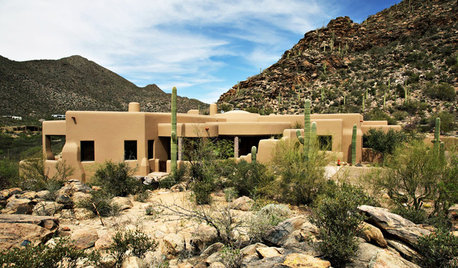
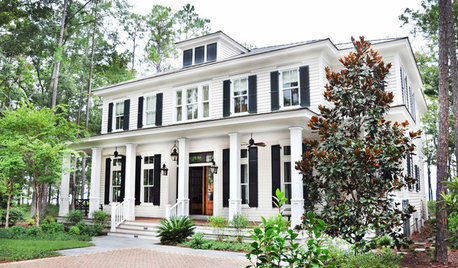
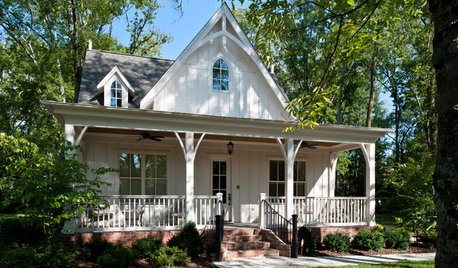
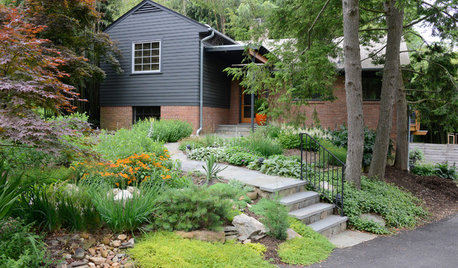
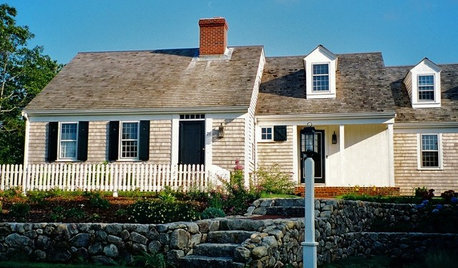
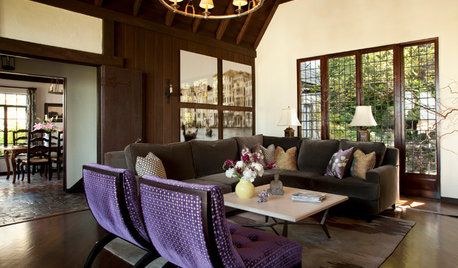
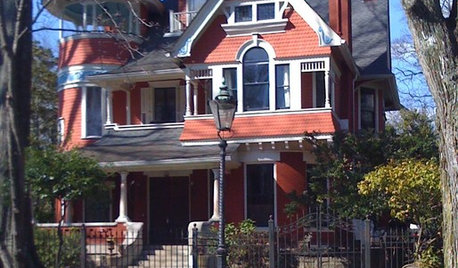







Toronado3800 Zone 6 St Louis
noki
Related Discussions
American Chestnut
Q
American Chestnut
Q
American Chestnut Restoration Programs
Q
Harvesting chestnuts?
Q
rcnaylorOriginal Author
pteroceltis
lpptz5b
quercus_macrocarpa
pteroceltis
pineresin
spruceman
Carrie B
pteroceltis
jqpublic
spruceman
rufino
pineresin
radagast
nandina
pteroceltis